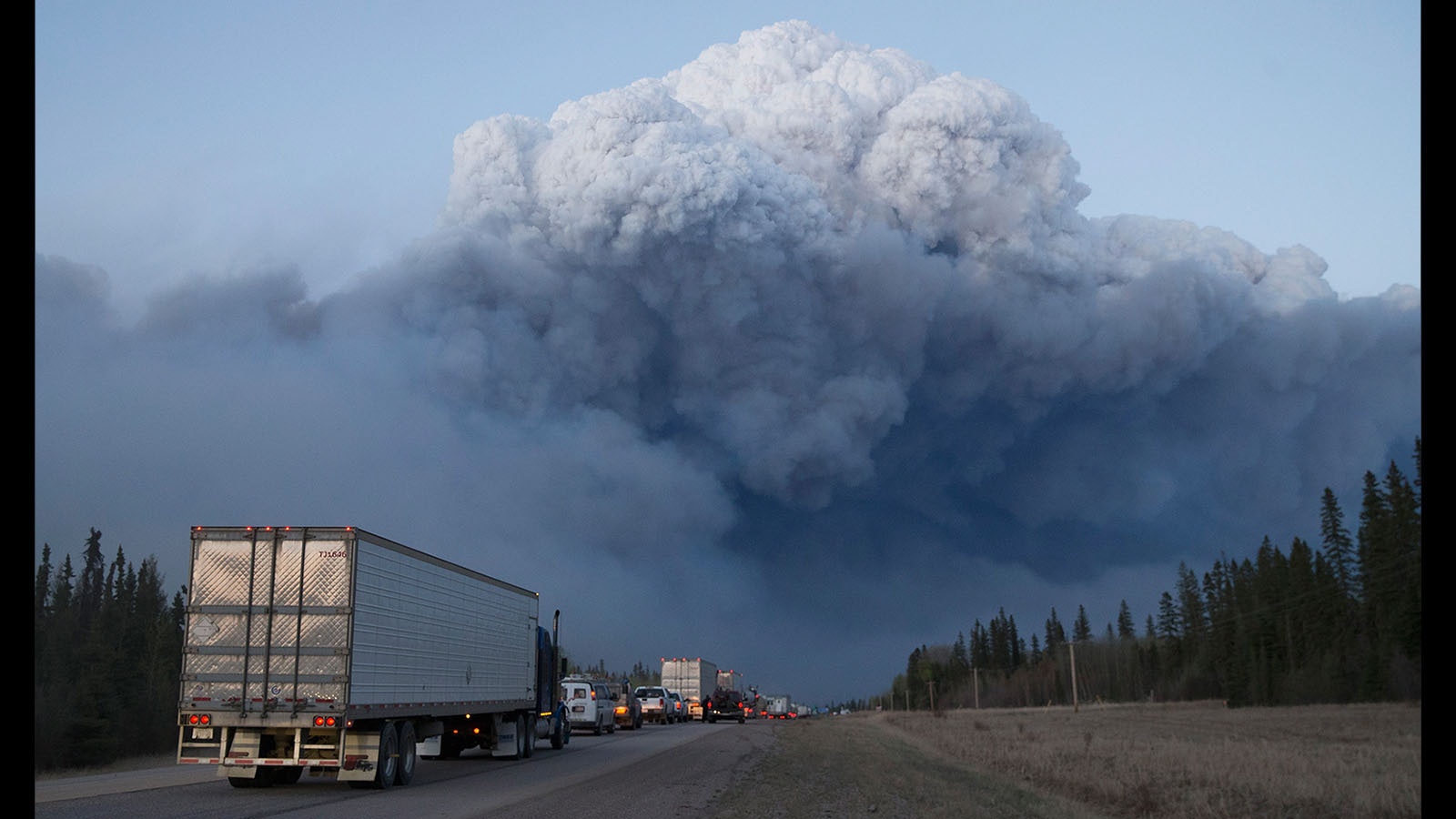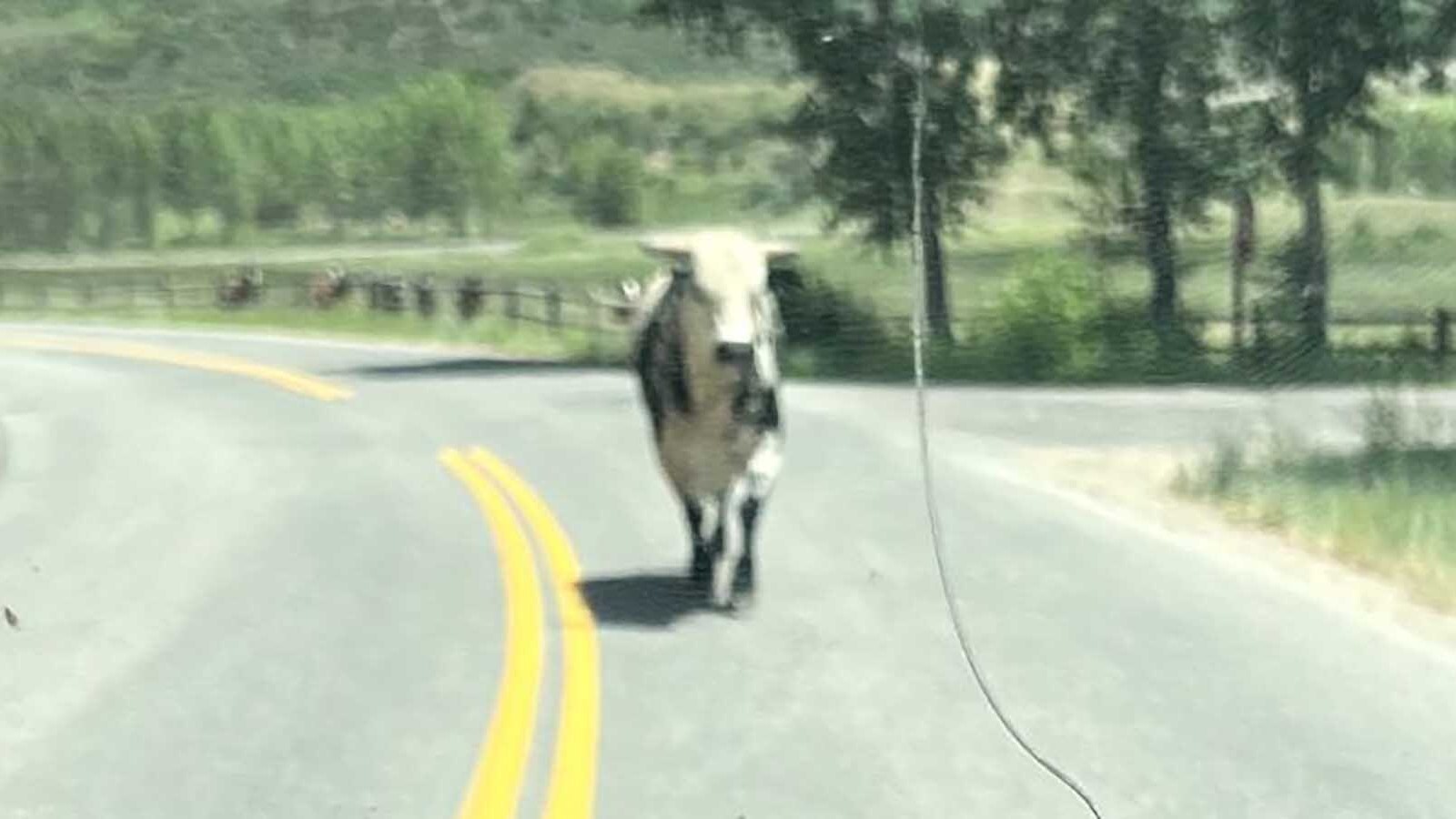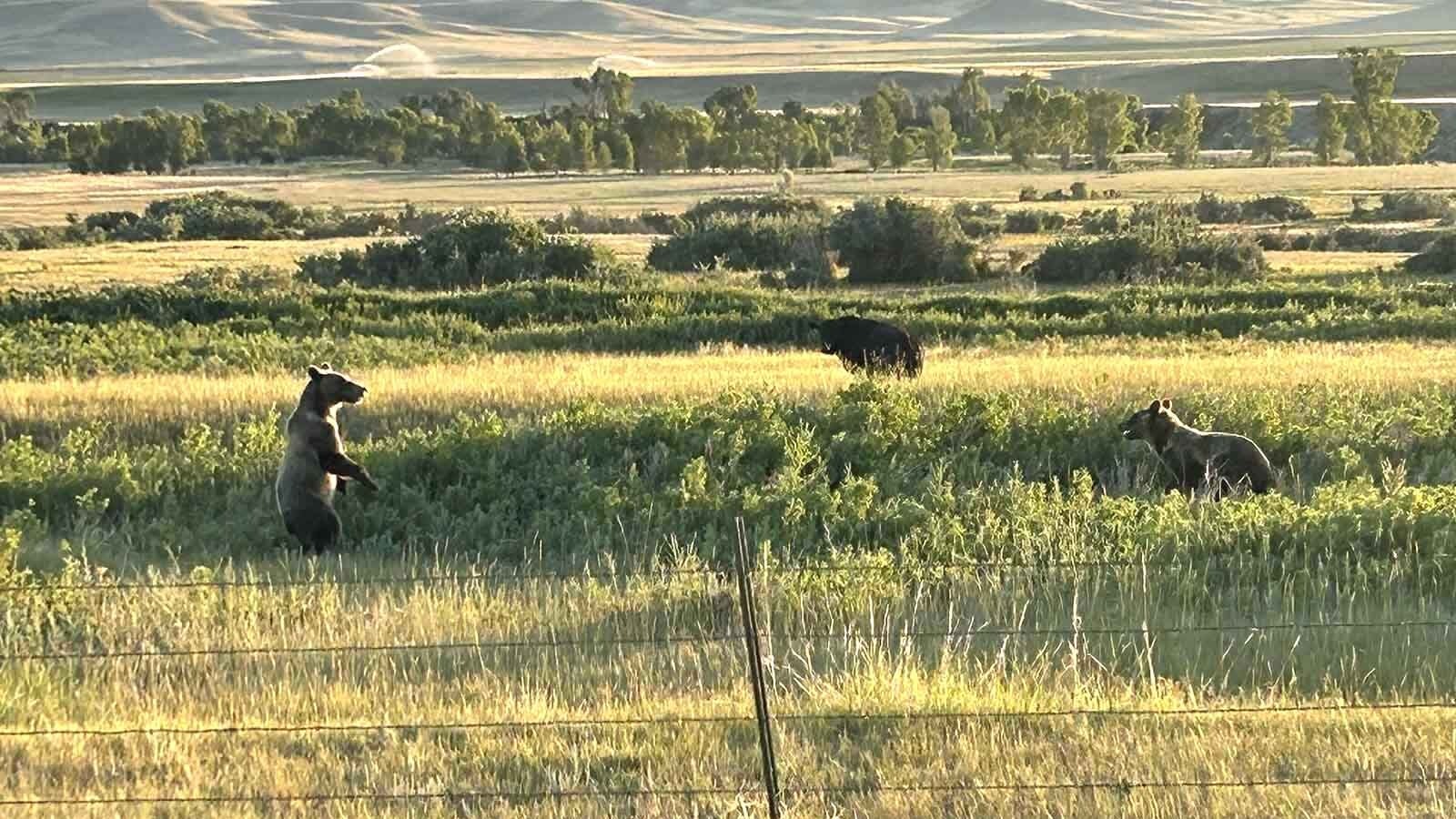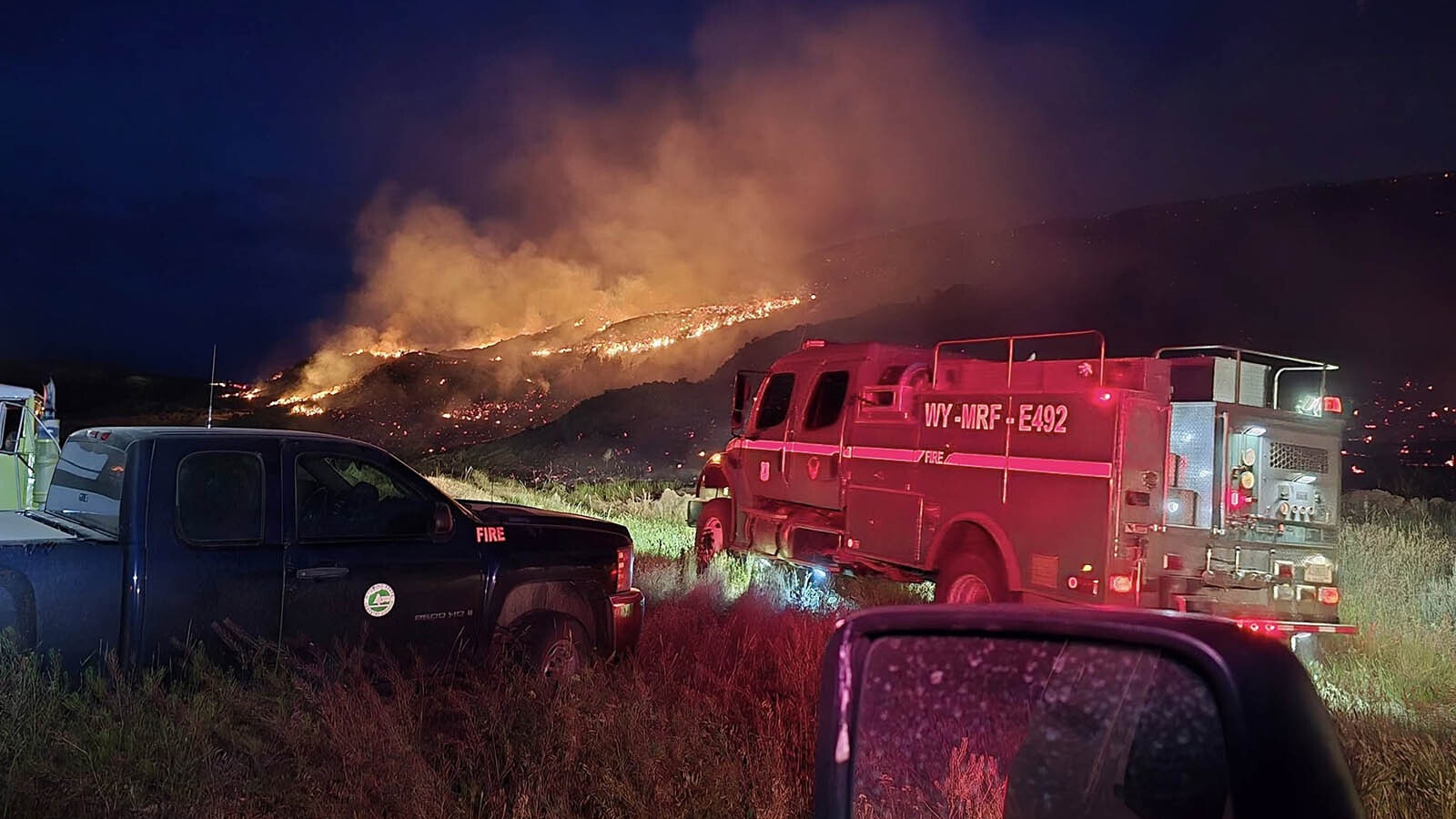The forest fires in Alberta, Canada, have blanketed Wyoming under a layer of haze this week. And the adage is proving true — where there’s smoke, there’s the media talking about climate change.
Articles have appeared in the Washington Post, CBC News, Union of Concerned Scientists and The New York Times.
Throughout this extensive coverage of the Canadian wildfires there has been no mention that, according to the Canadian National Fire Database (CNFDB), the number of wildfires in Canada are down.
Since 1959, the total acres burned in Alberta shows lots of annual variability, but no definite upward trends, according to data from the CNFDB and Natural Resources Canada.
The worst year for Alberta forest fires was 1981, when global average tropospheric temperatures, according to University of Alabama Huntsville satellite data, were a half degree cooler than they are now.
The trends in U.S. forests show that far more acreage burned in the years prior to the 1930s, long before significant amounts of carbon dioxide were emitted into the atmosphere.
Pushing A Narrative
Jim Steele, an ecologist who served as director of San Francisco State University’s Sierra Nevada field campus, is skeptical of connecting climate change to any trend in forest fires.
“I do not feel the media is educating us about the science that affects fires. They're just trying to push a catastrophe narrative that's been going on way too long,” Steele told Cowboy State Daily.
Steele’s book, “Landscapes & Cycles: An Environmentalist's Journey to Climate Skepticism,” discusses his work at the Sierra Nevada Field Campus, where he monitored wildlife populations and taught university-level classes in ornithology and botany.
Despite alarmist warnings, Steele’s research found that many species have benefitted from recent climate change and those that are struggling are affected by issues other than climate change.
Steele said that there’s nothing unprecedented about modern forest fires. Studies have been done using tree rings and other methods to determine past forest-fire trends, and they find that in the 1600s and 1700s it was colder and there were a lot more fires.
“You had very extensive fires,” he said.
Weather Patterns
The driver of forest fires, Steele said, is the Pacific Decadal Oscillation, which is a long-term ocean fluctuation of the Pacific Ocean.
In its negative phases, which tend to be longer, there are drier climates. There’s a strong correlation between dryness and forest fires, Steele said.
“And that's what I see in California with the spate of fires we've had over the last 20 years. They correspond to exactly that kind of natural oscillation,” Steele said.
Another factor is forest management practices, Steele said. In the early 1900s, the U.S. started practicing fire suppression throughout the West. This was driven in part by trying to protect timber commodities, and as more people moved into forested areas, they were trying to protect their property.
Around the 1970s, Steele said, people began to realize that by suppressing fires, they were allowing dead trees, grasses and other fuels to accumulate. As a result, fires, when they happen, burn hotter and larger.
Spring Is Dry
Some reports on the Alberta fires have suggested that global warming leads to an earlier warming in May, which is driving the current forest.
Cliff Mass, professor of Atmospheric Sciences at the University of Washington, disputes this claim on his weather blog. Studies on fire trends in Alberta, Mass explains, show that May is the most active fire month in the Canadian province. Some of the greatest fires in Alberta were in May.
This is due to surface fuels. After a long winter, there’s a lot of dried grass and annuals, which dry up very quickly at the start of spring. By May, they’re ready to burn.
Steele said that June and July are typically wetter months for the province, so fire activity typically dies down into summer.
Ultimately, Steele said, none of this has anything to do with climate change.
“I don't think there's enough evidence whatsoever to say a CO2 effect has emerged from the data,” Steele said.
Contact Kevin Killough at Kevin@CowboyStateDaily.com





